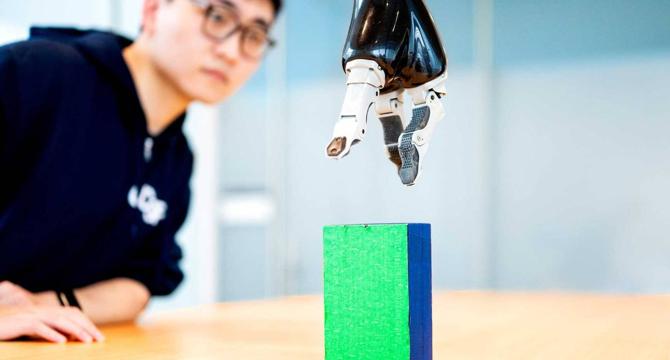Brighter Side of News
4w
248

Image Credit: Brighter Side of News
Paralyzed man moves robotic arm with his mind
- A paralyzed man is able to operate a robotic arm with long-term stability using a brain-computer interface (BCI) based on electrocorticography (ECoG).
- Researchers at UC San Francisco (UCSF) have mapped how imagined movements shape brain activity patterns by implanting a sensor grid over the brain's motor regions.
- The integration of artificial intelligence (AI) into the BCI allows for seamless device operation for months, compensating for neural drift.
- The aim is to refine AI models to improve speed and fluidity, ultimately offering individuals with paralysis a level of independence previously unimaginable.
Read Full Article
14 Likes
For uninterrupted reading, download the app